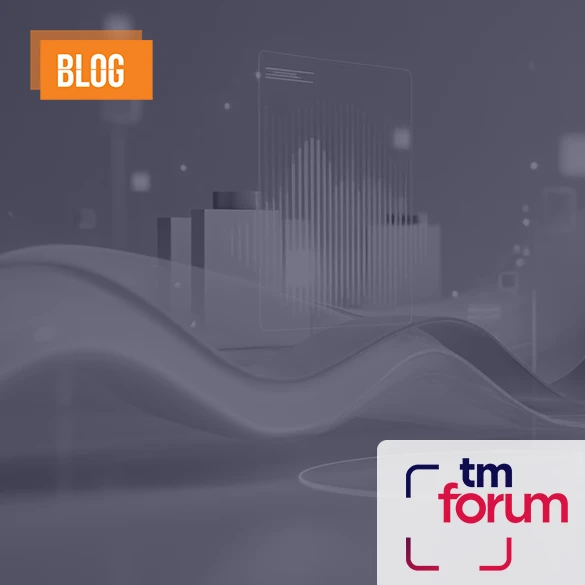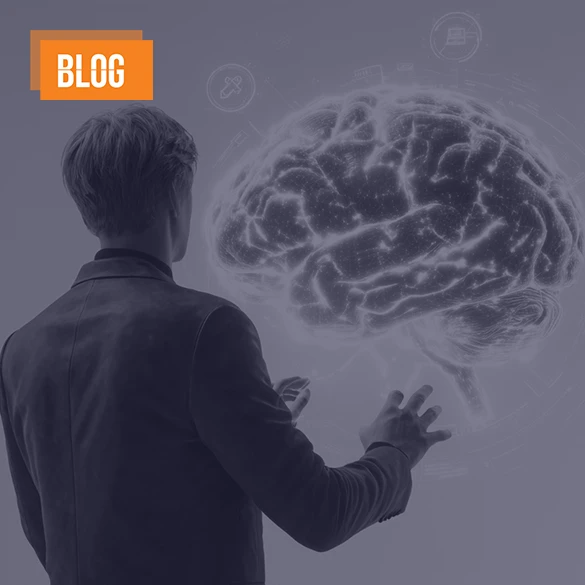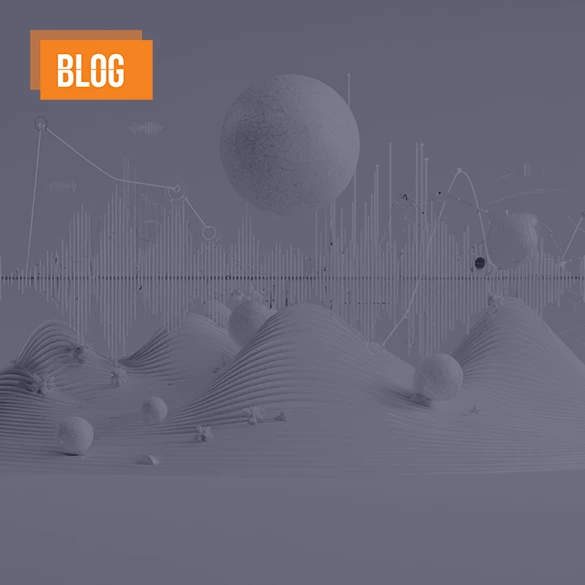Creating Unique Customer Experience Design with Digital Twins


When we hear the term “good old days,” we imagine the simpler times before smartphones or social media, when consumerism was constrained due to the limited choices of goods and services on offer.
During that period, when the options were limited and preferences were predictable, the economic system was structured accordingly. It was a market economy where the functional value of goods was essential and the exact same product or service could easily be offered to a large group of people.
However, with the onset of accelerated technological growth and increased competition across all industries, consumers started to move away from this “simple” behavior—and the “Experience Economy” was born.
With regard to the Experience Economy, Pine II and Gilmore clearly state that experience, not value, has become the dominating factor that influences our purchasing decisions. With this transformation in buying behavior, the experience which has been acknowledged as a part of the overall value by economists for years announced its independence.
The concept of the Experience Economy has now been around for almost 20 years, and in that time the “experience” itself became more sophisticated and complex. It continues to evolve, and new designer experience modeling concepts, such as Digital Twins, make mass personalization possible for each person beyond giving them a special experience.
In a nutshell, Digital Twin is a digital replica of physical assets (physical twins), processes, and systems that can be used for various purposes. This is backed by highly advanced technologies supported by Artificial Intelligence to develop simulated virtual clones of customers, and is now a multimillion-dollar industry. Gartner predicts that by 2021, the industry giants using digital twins will be 10% more productive than those that do not.
Consumers are highly complex with purchasing habits influenced by emotions, expectations, and motivations that are difficult to predict. Understanding the digital footprints of consumers is only possible with Big Data and Artificial Intelligence and by effectively deploying Sentiment Analysis and Natural Language Processing. Since the Digital Twin is a virtual clone that feeds from the customer, the more data it interprets, the more “real” the twins can become. However, the complexity of human nature makes creating a Digital Twin challenging.
What are the benefits of Digital Twins? First, they remove the need for trial and error when designing the best customer experience. For mass personalization, different suggestions can be made multiple times without getting in touch with each individual customer. As a result of analyzing this data, the customer can receive the ultimate experience in real-time, and service providers can enjoy a loyal customer base with a sustainable profit margin.
However, the Digital Twin concept does not work without accurate and fast access to customer data, continuity of the high standard quality of service at every point, the possibility of independent offerings , and so on. Without those business processes in place, Digital Twins are no more than useless clones.
Etiya brings together all the technological requirements under the same roof for today's and tomorrow's customer management. Etiya’s brand promise is “Exceed everyday,” which adds to the overall customer experience. R&D activities are also being carried out with this focus. The purpose of all these efforts is to create a mutually profitable business partnership by enabling effective management and understanding of customers.
This approach is based on three distinct phases: SPEED provided with end-to-end support before and after the sales; DYNAMIC CONSISTENCY managing changes with a complete portfolio including a product catalog, CRM, CPQ, and invoicing; and UNDERSTANDING THE CLIENT with AI technology.
Etiya’s priority is to develop and offer these three basic strengths to its customers who are looking to developing themselves into sustainable experience economy players both for today and tomorrow.








